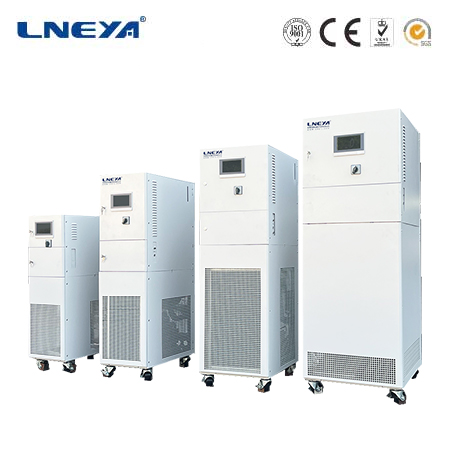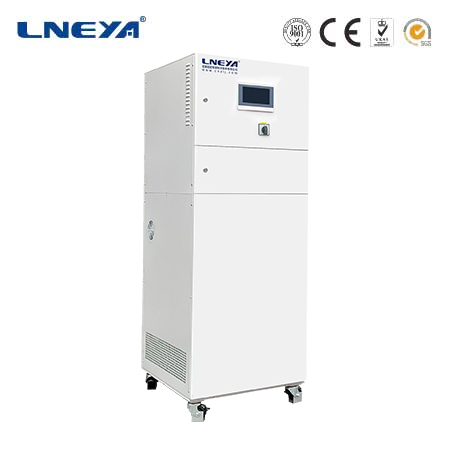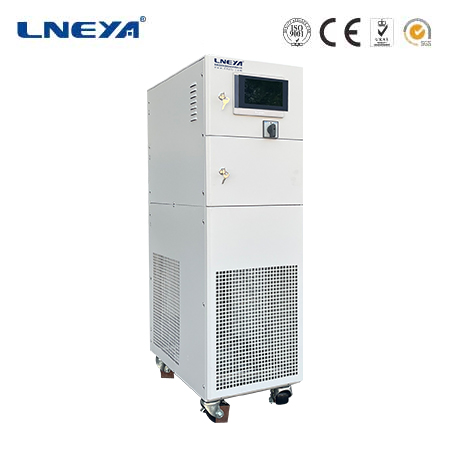chilled water cooling water
Chilled Water Cooling Systems: An Overview
Chilled water systems are a cornerstone of modern cooling technology, offering efficient and reliable solutions for temperature control across diverse applications. These systems work by circulating chilled water, which has been cooled by a refrigeration machine or chiller, through a network of pipes to absorb and remove heat from the environment.

How Chilled Water Systems Work
The heart of a chilled water system is the chiller, which cools water to a low temperature, typically around 6.7°C (44°F). This chilled water is then pumped through a series of pipes to air handling units (AHUs), fan coil units (FCUs), or other heat exchangers where it absorbs heat from the surrounding air or process equipment. The warmed water, now acting as a carrier of excess heat, returns to the chiller to be cooled again, completing the cycle.
Applications of Chilled Water Systems
Chilled water systems are employed in a variety of sectors due to their versatility and efficiency:
Commercial Buildings: They are crucial in commercial buildings like offices, malls, hotels, and hospitals for maintaining comfortable temperatures and improving indoor air quality.

Industrial Processes: In industries such as manufacturing, pharmaceuticals, data centers, and food processing, chilled water systems are vital for heat dissipation, ensuring optimal operating conditions and product quality.
HVAC Systems: Heating, Ventilation, and Air Conditioning systems often integrate chilled water systems for precise temperature control and improved energy efficiency.
Power Generation: In thermal power plants, chilled water systems help cool turbines, generators, and other equipment, enhancing operational efficiency and longevity.
District Cooling: In densely populated areas, district cooling systems provide centralized cooling to multiple buildings through an underground network of pipes, offering large-scale energy-efficient cooling solutions.
Efficiency and Environmental Impact

Chilled water systems are known for their high efficiency and positive environmental impact. The carbon footprint per 1 RTh (Refrigeration Ton Hour) of produced chilled water is estimated at 0.72 kg CO2 eq/RTh, indicating a relatively low environmental burden. Moreover, these systems can significantly reduce peak cooling-load demand by approximately 30–40% and peak electrical demand by about 10–20%, leading to energy savings and reduced greenhouse gas emissions.
Market Trends
The global chilled water system market is projected to grow at a significant rate, driven by increasing demand from various industries and the need for energy-efficient cooling solutions. Current trends include the adoption of eco-friendly refrigerants, integration of smart controls and IoT technology, and customization to meet specific customer needs.
Conclusion
Chilled water systems play a vital role in providing cooling and dehumidification in a wide range of applications. Their efficiency, versatility, and positive environmental impact make them an attractive choice for temperature control. As technology advances and environmental concerns continue to rise, chilled water systems are expected to play a more significant role in providing sustainable cooling solutions worldwide.
Related recommendations
lab water chiller
336Introduction to Lab Water ChillersLab water chillers are specialized cooling systems designed to maintain a stable and low temperature for water used in laboratory applications. They play a cruci...
View detailsrecirculating chiller india
181Introduction to Recirculating Chillers in IndiaRecirculating chillers have emerged as a vital component in India's industrial and scientific infrastructure. These devices, which continuously circ...
View detailscooler temperature control
541Cooler Temperature Control: Technologies and Applications Temperature control in coolers is critical for ensuring the quality, safety, and longevity of stored items, whether it's food, pharmace...
View detailscompact cool chillers
212IntroductionCompact cool chillers have emerged as a practical and efficient cooling solution in various industries and settings. Their defining characteristic is a reduced physical footprint, whi...
View details
 LNEYA Thermal Test Chillers
LNEYA Thermal Test Chillers







HelloPlease log in